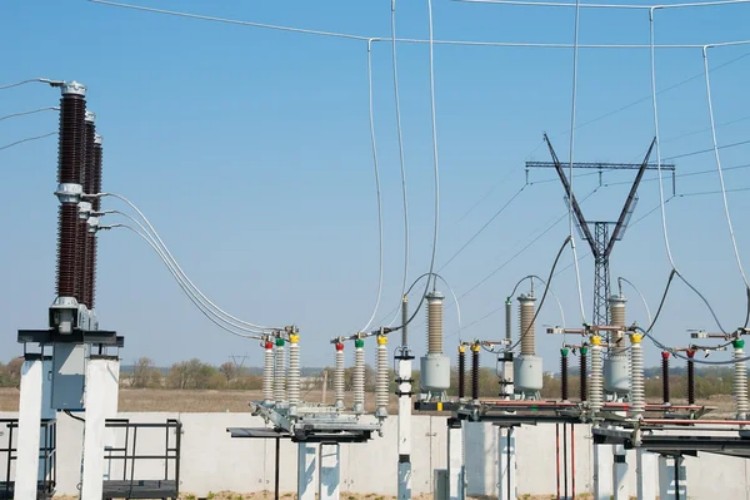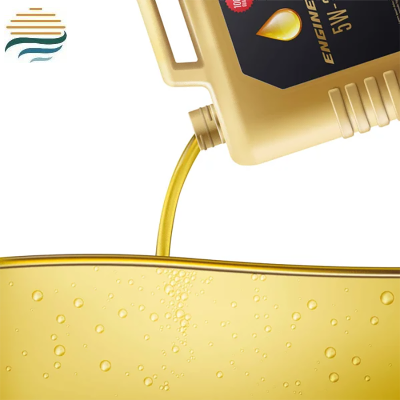Routine inspections and condition monitoring are essential, but not all methods provide the level of insight needed to detect problems at an early stage. For HT transformers, the most reliable and widely adopted diagnostic tool is Dissolved Gas Analysis (DGA). By analysing the gases dissolved in transformer insulating oil, DGA reveals hidden electrical and thermal faults long before they become visible or cause surface-level damage.
This article explores how DGA works, the types of issues it detects, and why it is the cornerstone of predictive maintenance for HT transformers.
Why Inspections Alone Aren’t Enough
Traditional inspection methods and external techniques such as infrared thermography are useful, but they are limited to detecting visible or surface-level problems. A transformer can appear normal from the outside while severe degradation is already taking place internally.
For example, insulation breakdown may release gases without producing immediate external symptoms. Similarly, partial discharges inside windings or arcing within the oil can remain invisible until the fault escalates into a major failure. By the time surface heating or physical changes appear, the damage is often extensive.
This is where DGA excels. Instead of waiting for external signs, it looks directly at the chemical evidence inside the transformer oil, offering an early and accurate indication of internal issues.
What Is Dissolved Gas Analysis (DGA)?
DGA is a laboratory-based diagnostic method that analyses gases dissolved in transformer insulating oil. When insulation materials or oil break down due to electrical or thermal stress, they release gases in measurable concentrations. By identifying these gases and interpreting their ratios, engineers can determine the type of fault occurring within the transformer.
The process involves collecting an oil sample, extracting dissolved gases, and analysing them using gas chromatography. Results are then compared against international standards such as IEC 60599 or IEEE C57.104, allowing experts to classify the condition of the transformer and recommend corrective action.
Fault Signatures in DGA
Different gases correspond to different fault conditions, making DGA an effective diagnostic “fingerprint” of transformer health:
Hydrogen (H₂): Often linked to partial discharge or corona activity.
Methane (CH₄) and Ethane (C₂H₆): Associated with low-level overheating of oil or insulation.
Ethylene (C₂H₄): Indicates high-temperature overheating of windings or conductors.
Acetylene (C₂H₂): Strong evidence of arcing or severe electrical discharge.
Carbon Monoxide (CO) and Carbon Dioxide (CO₂): Point to degradation of cellulose-based insulation such as paper or pressboard.
By analysing not only the presence of these gases but also their relative proportions, maintenance teams can distinguish between harmless ageing processes and dangerous developing faults.
Why DGA Is Indispensable
The greatest strength of DGA lies in its ability to detect faults at an early stage. Unlike external inspections, it provides a direct window into the internal condition of a transformer. Because it is non-intrusive, it does not require a shutdown or disassembly, which makes it practical even for transformers that must remain in continuous operation.
The method also provides comprehensive coverage, detecting thermal, electrical, and insulation-related issues in a single test. It is backed by decades of industry use and standardisation, which means results are consistent and comparable across facilities worldwide. For asset managers, this translates into lower risks, longer transformer lifespans, and significant cost savings by preventing unplanned failures.
When to Perform DGA
DGA is most effective when performed regularly as part of a condition monitoring program. Many operators schedule annual or bi-annual testing to establish reliable trends. It should also be carried out after unusual operating events such as system faults, lightning strikes, or sudden load surges, as these can trigger gas generation inside the transformer.
Trending results over time is particularly valuable. A single test provides useful information, but long-term tracking reveals whether gas concentrations are stable, gradually increasing, or suddenly spiking. This trend analysis allows operators to act at the right moment—before a developing fault escalates into a critical failure.
Complementary Techniques
Although DGA is the primary diagnostic tool for HT transformers, it is not used in isolation. For a complete assessment of transformer health, it is often combined with other tests. Infrared thermography can identify overheating in external components such as bushings or radiators. Winding resistance testing detects subtle changes in conductor condition. Furan analysis provides insight into the degradation of cellulose insulation, while moisture content testing evaluates the presence of water in the oil, which reduces dielectric strength.
Together, these methods form a comprehensive maintenance strategy, with DGA at the core.
Real-World Applications
Across industries and utilities, DGA has proven its value time and again. Power generation facilities rely on it to monitor transformers at substations, where reliability is non-negotiable. Industrial plants use it to protect production lines from unexpected power losses. Utility companies apply DGA across entire fleets of transformers to prioritise maintenance budgets and extend asset lifespans. In many of these operations, DGA is also complemented by services such as electric motor overhauling, ensuring that both transformers and motors perform reliably under demanding conditions.
In all these cases, the relatively low cost of regular DGA testing is dwarfed by the savings it generates—whether by avoiding expensive transformer replacements or preventing unplanned outages that could cost millions in lost productivity.
Best Practices for DGA Programs
To maximise the value of DGA, companies should follow proven best practices:
Maintain consistency in sampling. Oil should always be collected under controlled conditions to avoid contamination or gas loss.
Rely on expert interpretation. Gas concentrations and ratios must be analysed by experienced professionals familiar with industry standards.
Integrate with other diagnostics. DGA results should be considered alongside electrical and thermal testing for the most accurate picture.
Track long-term trends. Single tests are useful, but trend analysis over months and years provides the clearest insight into transformer health.
Act on early warnings. Even small deviations can signal a developing issue; prompt intervention is always more cost-effective than emergency repairs.
Conclusion
HT transformers are vital assets, and their failure can cause enormous financial and operational losses. Dissolved Gas Analysis (DGA) is the most effective method for detecting internal faults before they become critical, offering a level of insight that external inspections alone cannot provide.
By integrating DGA into a structured maintenance program, operators gain the ability to detect hidden faults early, schedule repairs strategically, and extend the lifespan of their most valuable equipment.





